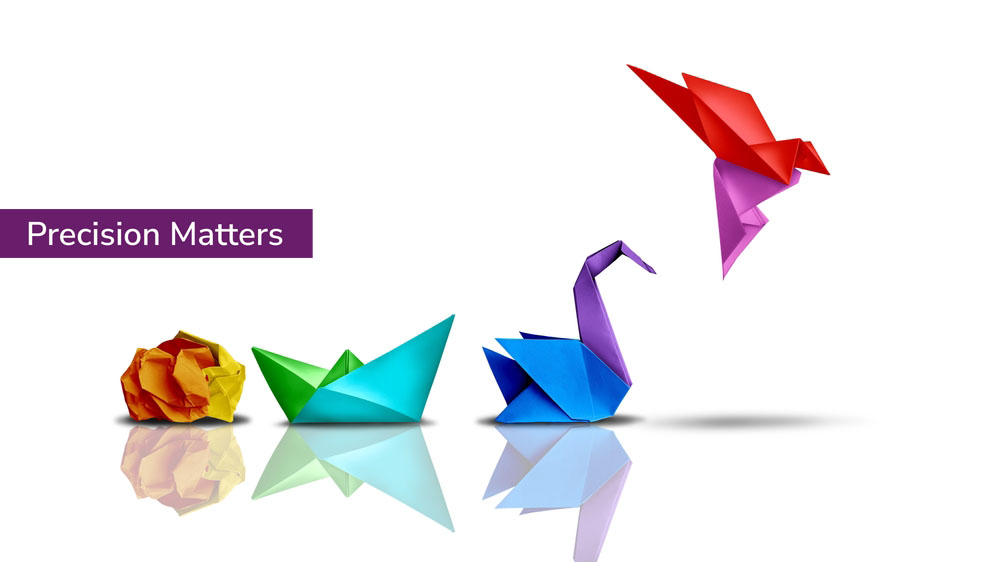Employee engagement models don’t exactly have sex appeal, but you still need to check them out. That’s because engagement is a tricky area, and having a few options at your disposal might come in handy. However, no matter which model you choose, you can count on learning and development always being critical for success.
Why Are There So Many Employee Engagement Models?
Like L&D, employee engagement is not a “one size fits all” kind of deal. Here are just some of the reasons why HR should shop around before settling on one – and maybe keep a spare or two in mind in case things don’t work out the first time around.
Organizational Culture
Company culture has a huge effect on engagement, but no two organizations are the same. The reasons behind disengagement can vary according to the character of the executive staff, a lack of internal mobility, and the nature of the work, to name only a few common factors. In addition, as you will read below, each model has an “ideal customer profile” of its own, often related to cultural factors such as size and strategy. Matching the model to your circumstances is a step in the right direction.
HR Preferences
Many HR professionals are familiar with one or more of these models, and experience with them makes it easier to get started. In addition, some models depend on managers putting in a lot of the effort, while others keep it in the realm of the human resources department.
Philosophy
Workplace psychologists from different schools have created various engagement models, each with its own spin on what they believe makes employees tick. You might find a model that fits your personal ideas about crucial engagement concepts.
Failure
Engagement rates are on the decline, for the first time in a long time. If you believe that your current tactics aren’t working, then maybe trying out one of these concepts will make a significant change.
3 Best Bets for Employee Engagement Models
Especially if you work for a large organization, trying out different models could provide significant benefits. Of course, you don’t need to switch the entire company to a new method every time. Instead, pick a group of employees displaying low engagement and experiment until you find the optimal method. Your payoff can be huge – engaged employees show double the performance level of poorly engaged ones.
JD-R
Otherwise known as the Job Demands/Resources model, JD-R states that the stress-inducing demands (“D”) of some roles can be offset to a degree with more resources (“R”). It’s up to HR to identify the stressful elements of each position and counter them with more resources.
For instance, let’s say that your engagement manager discovers that employee X feels that they have no emotional commitment to their work because they don’t see why it is important to the organization. The JD-R answer would be to give them a job enrichment program.
JD-R is different from other models because it is fully personalized. What might be a stress factor for one worker might not bother another at all. So JD-R is ideal for companies that can assess demands on an individual level and where high stress is a constant issue.
Maslow’s Hierarchy of Needs
Maslow’s theory is one of the most well-known, both in psychology and HR. Maslow believed that, to achieve the highest level of psychological health (“self-actualization”), people must first fulfill basic needs like health and safety, as well as a sense of belonging and importance.
When applied to the workforce, Maslow’s idea can be translated as a way to move workers from disengaged to highly engaged. Essentially, as workers obtain successively higher levels of needs, they will be more engaged. For example:
- If the worker often feels unwell, provide a work-life balance course
- If they feel that their job is in danger, look into job security issues
- If they feel like they don’t belong, implement a DEIB initiative
- To give them a sense of importance, try a reverse mentoring program
- To fully develop their abilities, put them through leadership coaching
Gallup’s Q12 Survey
Gallup is a leading source of information related to engagement on a global level. They are even more famous for being a polling firm, so it makes sense that they have developed an engagement measurement tool based on surveys.
As the name suggests, Gallup’s Q12 survey contains 12 questions that cover engagement issues like belonging, feedback, and skills. Employees answer the questions on a 1-5 scale. By analyzing the responses, HR teams can get a sense of the areas that require improvement.
HR departments can apply these questions on their own. However, Gallup provides a consulting service to help organizations maximize engagement.
The model also puts a lot of emphasis on direct manager involvement. If your organizational culture is one where managers play a core role in building engagement, then the Gallup method might be for you.
A Need for Growthspace
Learning and development is one of the primary ways to boost engagement at all levels. But not just any L&D course will do. Workers need personalized programs that suit their natural abilities and individual career goals.
Growthspace is the talent development platform that leading organizations turn to for customized coaching, mentoring, and training




